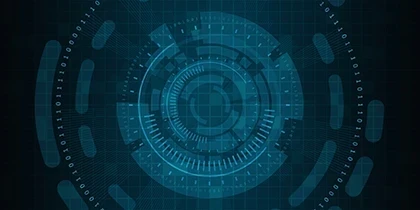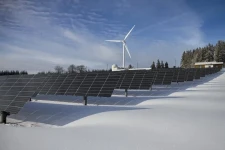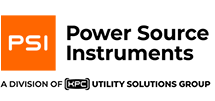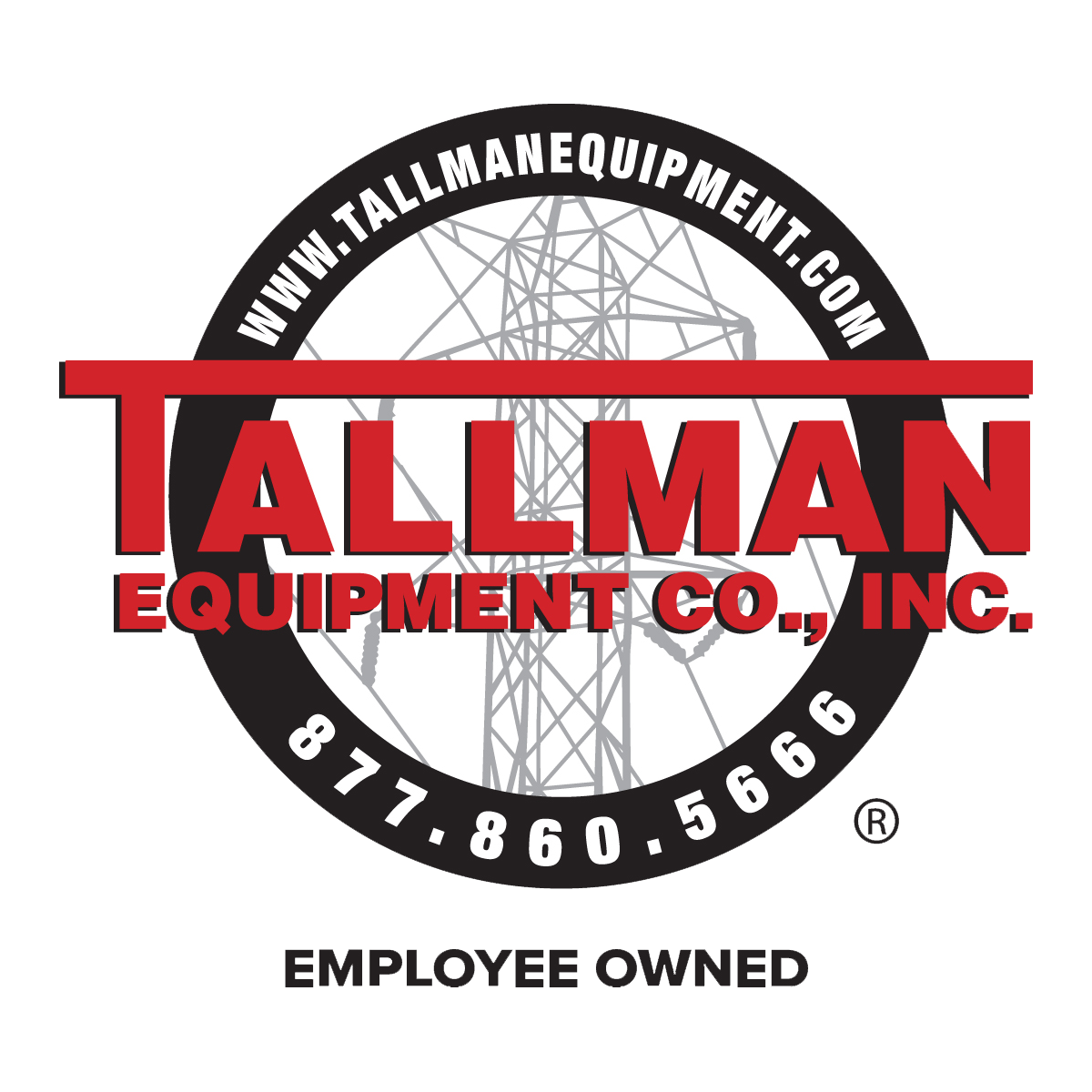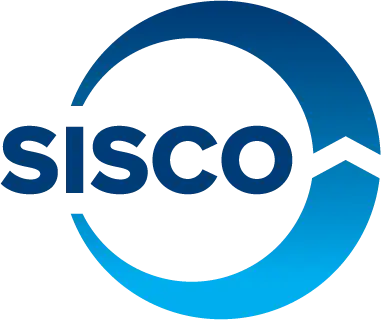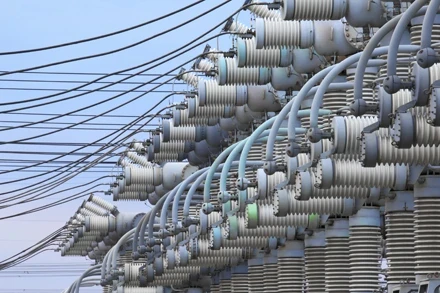Electric utilities are constantly searching for the most efficient, reliable and cost-effective methods to deliver electricity to customers. A vision for accomplishing this is the migration of the electrical grid from a reliable, but inflexible system to the Smart Grid, which promises adaptability and efficiency.
One definition of the Smart Grid, based on work from the U.S. Department of Energy, is: "A modernized electrical grid that uses information and communications technology to gather and act on information in an automated fashion…to improve the efficiency, reliability, economics, and sustainability of the production and distribution of electricity".
The promises of the Smart Grid are exciting on many fronts such as increasing the overall efficiency of the power system. However, to accomplish all promises and pledges, the elements of the electrical grid requires the ability to communicate and share data quickly. Currently, the majority of utilities are still using technologies—ranging from modem connectivity to serial bus technology—to "talk" to their substations and gather important and necessary information.
In order to integrate with the Smart Grid, however, substations require two-way communication, which involves upgrading to...



